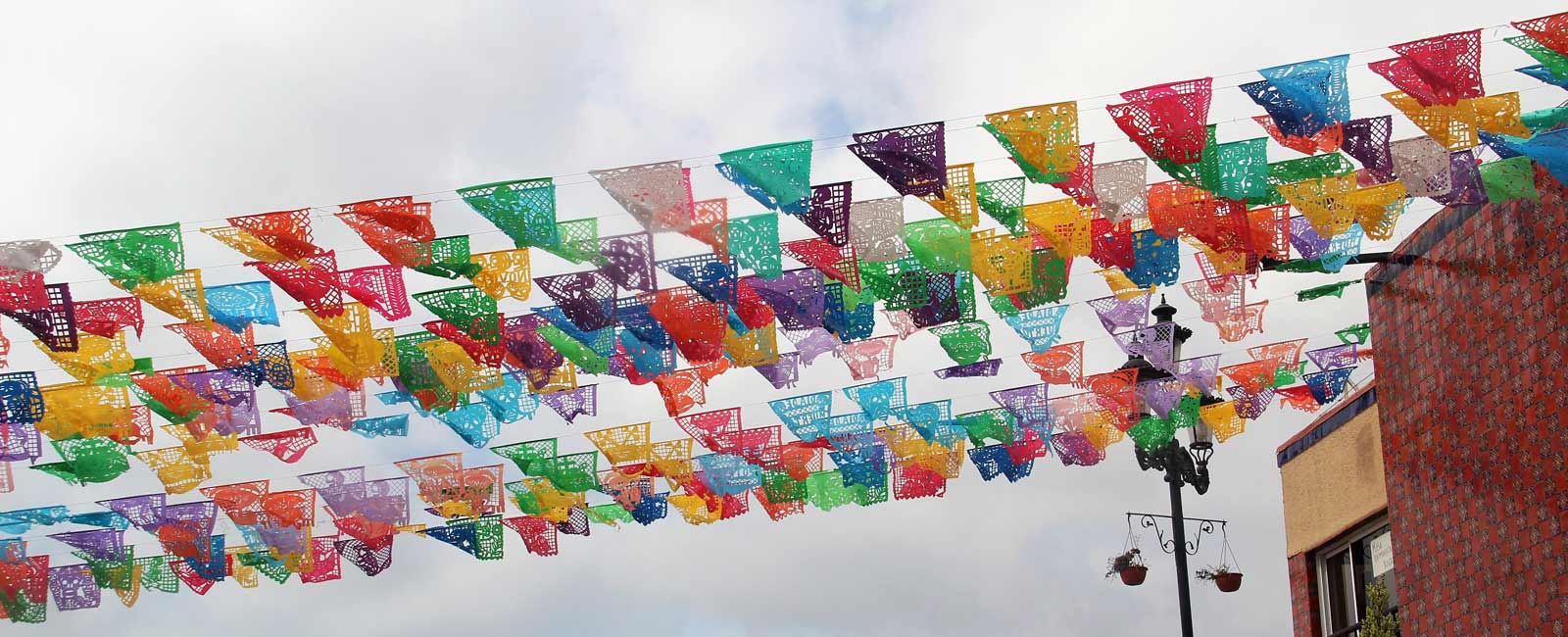
Friday, February 21, 2014
Francis Parker - Vietnam 2014
Day 10: Saigon
Our first full day in Saigon came and went like the speeding motorbikes that surround us. In the midst of great economic development, rapid industrialization and a global outlook, we discovered flourishing religious sites as well as efforts to redefine violence from the recent past.
After an early breakfast, we journeyed to the Cathedral of Notre Dame to gain a more practical understanding of religious minorities in Vietnam. The building itself, based on a gothic cathedral in France, sharply contrasted with the modern, fast-paced setting of Ho Chi Minh City. Amidst the bustling markets of Saigon, individuals and families from the city congregate in this transplanted religious and cultural center to worship. In the cathedral, dim lighting, colored by red, blue and yellow stained glass, shone on the few churchgoers bent on pews in silent prayer. Just as Vietnamese Catholics find solace in the cathedral, Vietnamese Buddhists do so in a nearby pagoda of Chinese origins. Located in the 24th district of Saigon, the temple exists as a safe haven from the noise of city life. Upon entering the grounds, we were drawn in by the captivating aroma of insence and ornate shrines. Distant echoes of hymns and prayers served as the backdrop for belief similar to that of the Catholic faith, a belief in afterlife. Post-mortem punishment and resolution guides believers in their everyday lives. Unlike the Cathedral of Notre Dame, the Buddhist temple was full of life. The cathedral appeared sparse in comparison to the many bright colors, large crowds, and ponds for fish and turtles of the temple. In addition, the temple was buillt just in the last century, making it more concurrent with modern times in Saigon.
In District 3, a section build by the French and intended to house a mere 1 million people, a number that has swelled to 9 million, we observed variegated infrastructure ranging from secondary schools intended for the very wealthy to charity centers and hospitals for the poor. It was here that we found the War Remnants Museum. We were greeted by an array of American tanks, helicopters and planes shot down during the Vietnam War. On the first of four floors, international perspective of the “American imperialist” and “U.S. aggression” were met by accounts by American protesters and American veterans denouncing the war effort. In one of the most disarming displays, an American veteran donated his war meddles with a note saying, “I was wrong, I am sorry.” A second display demonstrated the horrific consequences of Agent Orange, a chemical defoliant containing dioxine, which has engrained itself into the DNA of the Vietnamese people. Shocking images of grave disfigurements in infants and paralyzing ailments in teenagers and adults brought further perspective to our recent visit to the Peace Village. In another startling display, a gallery titled “Requiem” featured documentary photographs taken by 134 journalists of 11 different nationalities who were killed during the war. We were taken aback by one image in particultar, labeled “Silhouette of Death.” In it, an American soldier falls limp from a spiralling helocopter. Against the sunlight, the man is virtually unrecognizable as an individual, implying that his descent reflects that of many. The purpose of war as well as the need for people to die this way are obscured in the glaring, white light, and the crossed, diagonal lines created by the falling man and the helicopter illustrate the confused, chaotic nature of the scene. In a sense, Vietnam, despite its rapid growth in the modern era, is still subject to this silhouette of death. Names of those passed are immortalized in shrines and segments of Saigon, like the wide expanse of grass once serving as a cemetary for officials of a dead government but now serving as a park in the 20th district. Reminders of the past are never far behind in a culture and infrastructure that places such a profound emphasis on history.
Our final destination of the day was the Reunification, or Independence, Palace. Though Ho Chi Minh City is characterized as being an economic powerhouse, it is also home to this political site rich in historical significance and modern symbolism. After it was built during French occupation, the Norodom Palace was used by the Ngo Dinh Diem regime and renamed the Independence Palace. Following this short-lived government, the palace changed hands again to the dictatorship of Nguyen Can Thieu. During the Vietnam War, the Palace became a strategic machine, targeting the Viet Cong with American communications and spying devices as well as tracking military sizes and loyalities of foreign countries. Today, the Independence Palace hosts foreign diplomats and leaders as well as attracts tourists. At first glance, the architecture of the Palace seemed outmoded, though grand in size. However, after crossing into the main enterence, we were stunned by intricate room designs with ancient Vietnamese accents. In the presidential room, we were left awestruck by the unique blend of European-style hardware and allusions to Vietnamese cultural symbols. One of these symbols, found on a floor rug, was that of two dragons facing the moon, an ancient symbol of happiness. In the palace basement, we were reminded again of the building’s deep connection to the war, where we found the preserved remainder of battle plans.
Despite the heat and despite the length of our day, we felt the enormity of our luck and our privilege in receiving such an opportunity to go to these places, both physically and metaphorically. To be born into the safety and peace that allow us to analyze and reflect on our lives and surroundings is more than most can relate to. The silhouette on our horizon appears less imposing and more distant than that of Saigon. But maybe we share a horizon and the difference rests in perspective.
–Megan
Education Travel,educational field trips,Educational travel programs,Francis Parker Vietnam 2014,Global Community,Global Education,Peace Works Travel
